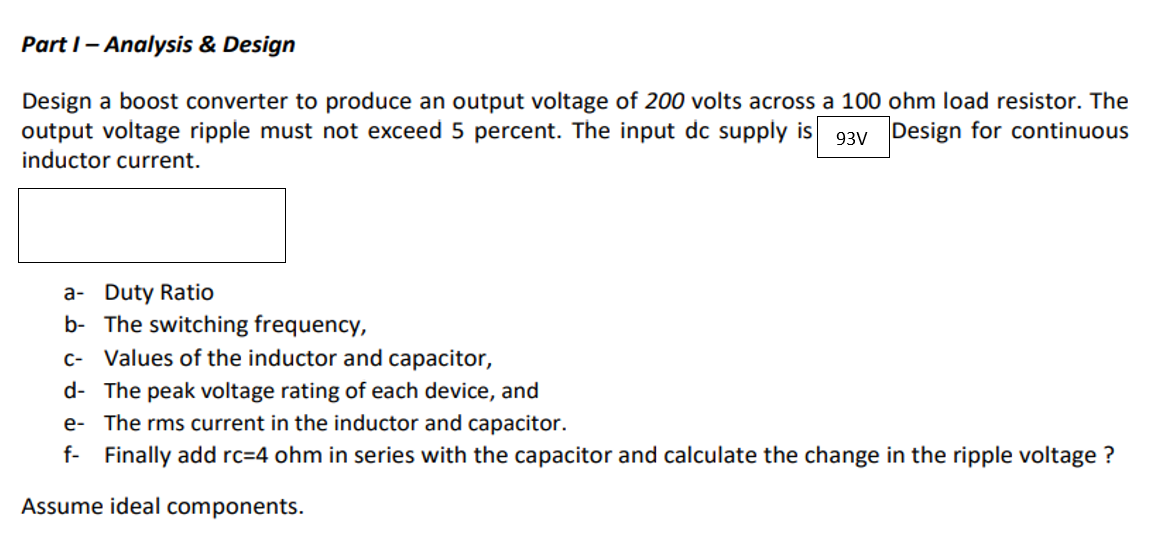boosting circuit requires significantly more Circuit Diagram A Practical Boost Converter Circuit Design using IC 555 Now let's refer to our fourth step-up converter design which will boost a 3.7 V input DC to 24 V output DC. This simple circuit is built using an IC 555 circuit for boosting USB 5V to 24V , or any other desired level.

There are 2 circuits used in a boost converter. The boost circuit- It has an inducter, a switch, a diode and a capacitor. A quick change in current through the inducter due to the switch results in a huge voltage across it. This huge voltage creates a huge current which charges up the capacitor. The diode doesn't let the capacitor discharge

Boost Converter: Design, Circuit, Equations & More Circuit Diagram
The maximum output voltage of the boost converter is not limited by design but by the breakdown voltage of the MOSFET. 3. The inductor. Obviously, just any old inductor won't work. Inductors used in boost converters should be able to withstand the high currents and have a highly permeable core, so that the inductance for a given size is high.

Design of the Adjustable VOUT Boost Circuit Application Report SLVAEJ4-December 2019 Design of the Adjustable VOUT Boost Circuit RobinLiu ABSTRACT This application note introduces a method to design an adjustable or programmable output voltage for a boost converter. The circuit implementation and design procedure are discussed in detail. Contents

Boost Converter: Basics, Working, Design & Operation Circuit Diagram
A boost converter (step-up converter) is a DC-to-DC power converter that steps up voltage (while stepping down current) from its input (supply) to its output (load). It is a class of switched-mode power supply (SMPS) containing at least two semiconductors (a diode and a transistor) and at least one energy storage element: a capacitor, inductor
